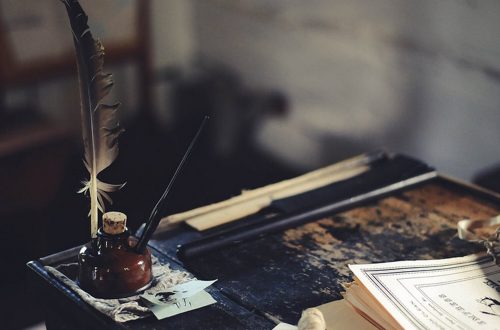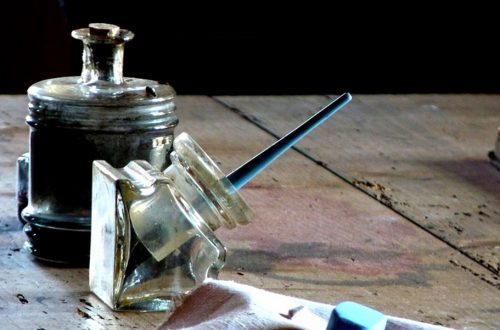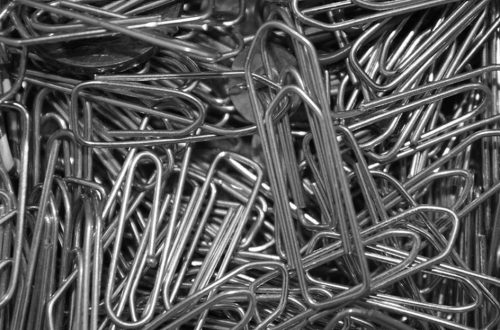Contents
Writing, an age-old form of expression and communication, has evolved through the centuries, and so have the instruments we use. Reservoir pens, often known as fountain pens, hold a special place among the various writing instruments. This article explores the history, components, and significance of reservoir pens.
History of Reservoir Pens
The Birth of an Icon
The origins of reservoir pens can be traced back to the 10th century, but the modern fountain pen as we know it began its journey in the late 19th century. Lewis Waterman, an insurance broker, is credited with inventing the first reliable fountain pen in 1884. His innovation lay in creating an efficient feed system that allowed ink to flow smoothly without blotting or drying.
Evolution and Popularity
Throughout the 20th century, reservoir pens became status symbols, prized for their craftsmanship and the elegance they brought to writing. Brands like Montblanc, Parker, and Sheaffer became household names. Although the advent of ballpoint pens in the 1950s curtailed their dominance, fountain pens remain coveted by enthusiasts and collectors.
Anatomy of a Reservoir Pen
The Nib
Arguably the soul of the fountain pen, the nib is the metal tip that comes in contact with the paper. Typically made of gold, steel, or other alloys, nibs vary in width and shape, offering different writing experiences. The most common types are fine, medium, and broad, but there are also special nibs such as italic, flex, and stub.
The Feed
The feed is the mechanism that controls the flow of ink from the reservoir to the nib. Early fountain pens used rubber sacs, while modern ones often employ piston or cartridge converters. The feed ensures that air replaces the ink consumed during writing, preventing a vacuum that would hinder ink flow.
The Ink Reservoir
As the name suggests, this component holds the ink. There are several types of ink reservoirs, including cartridges, pistons, and vacuum fillers. Cartridges are convenient but offer limited ink choices, whereas pistons and vacuum fillers allow the use of bottled ink, granting a wider array of colors.
The Barrel and Cap
The barrel houses the ink reservoir and usually forms the grip section where one holds the pen. The cap covers the nib when not in use, preventing it from drying out. Some caps are screw-on, while others are snap-on.
The Significance of Reservoir Pens Today
Personal Expression
In an age dominated by digital communication, reservoir pens provide a personal touch. The way a nib interacts with paper is unique to each individual. This, coupled with an assortment of ink colors, allows for personal expression through handwriting.
Sustainable Writing
Unlike disposable pens, reservoir pens are built to last. By using bottled ink, they contribute to reducing plastic waste. Investing in a good quality fountain pen can be a sustainable choice for both the environment and the wallet.
Collectibles and Gifts
Reservoir pens are often viewed as works of art. With materials ranging from precious metals to celluloid, and ornate designs often with historical significance, collectors seek them after. Furthermore, a fountain pen can be a meaningful gift, symbolizing respect and cherished relationships.






